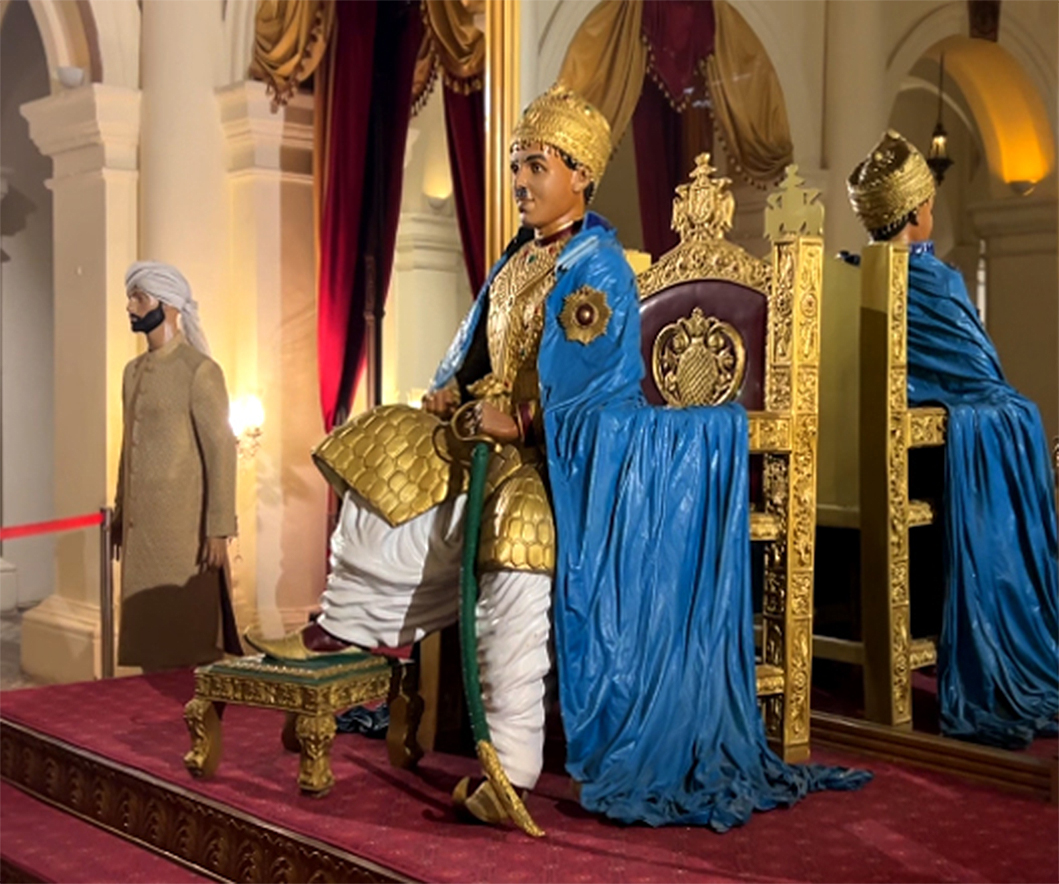ISLAMABAD: The government of Punjab has closed all educational institutions in the province up to the higher secondary level from tomorrow, Wednesday, until the end of the week because of record-breaking smog that has already prompted the closure of primary schools and government offices and has sickened tens of thousands of people.
Record-high air pollution levels have triggered hundreds of hospitalizations, junior school closures and stay-at-home orders in several districts of Punjab, including the provincial capital of Lahore, which has been enveloped in a thick, toxic smog since last month.
On Tuesday, Lahore, home to 13 million people, had the worst air quality of any city in the world, according to live readings by IQAir, a Swiss air quality monitoring company.
“All the educational institutions […] up to higher secondary level shall remain closed and will shift to online mode with effect from Nov 13 within […] DG Khan, Bahawalpur, Sahiwal, Sargodha and Rawalpindi divisions […] till Nov 17,” the province’s Environmental Protection Agency (EPA) said in a notification issued on Tuesday, ordering schools to shift to “online mode.”
In Pakistan, the higher secondary level refers to upper secondary education, which includes grades 11 and 12. It is also known as intermediate education.
Speaking to reporters, Punjab Education Minister Rana Sikandar Hayat said the decision to close higher secondary institutes was taken “in light of the complaints received from the district.”
“This drastic decision had to be taken to protect children from the deadly effects,” he said. “There is a sense of educational loss, but the decision to close educational institutions is being taken out of compulsion.
Primary schools and government offices had already been closed until Nov. 17 in many districts of Punjab earlier this month, with school closures likely to affect the education of more than 20 million students, according to associations representing private and government schools.
Authorities in 18 districts of Punjab also closed all public parks, zoos and museums, historical places, and playgrounds for ten days last week.
On Friday, a court in Lahore ordered the government to shut all markets after 8pm. Authorities have already banned barbecuing food without filters and ordered wedding halls to close by 10pm.
On Monday, the UN children’s agency said the health of 11 million children in Punjab province was in danger because of air pollution
“Prior to these record-breaking levels of air pollution, about 12 percent of deaths in children under 5 in Pakistan were due to air pollution,” UNICEF’s representative in Pakistan, Abdullah Fadil, said.
“The impact of this year’s extraordinary smog will take time to assess, but we know that doubling and tripling the amount of pollution in the air will have devastating effects, particularly on children and pregnant women.”























